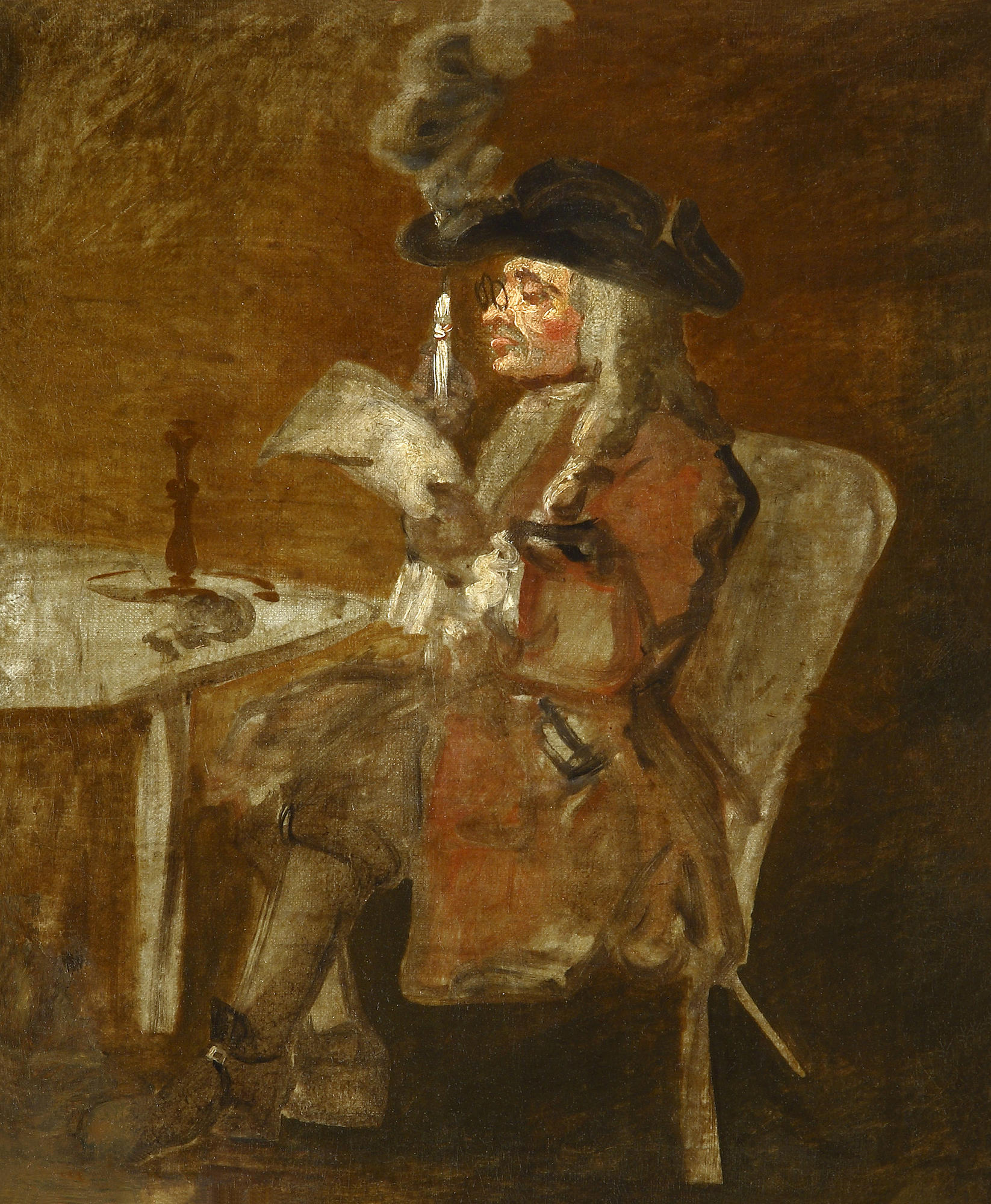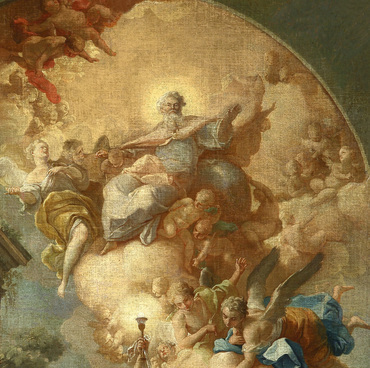William Hogarth was born in London in 1697 in the family of poor schoolteacher. Hogarth 's father was jailed for debts. To earn money William Hogarth left school and began working for the silver engraver and learning from him. However, he succeeded with this craft, and soon opened his own engraving workshop.
Since 1731, Hogarth had been creating what was known as his ‘paintings of modern morality.’ Hogarth created genre paintings and engravings in which he showed social life drama straightforward, without any allegory, in an accessible, clear form.
In his works, he satirized all negative aspects of life: the disintegration of morals, the corruption of the court, the decoy of the army.
Each work was first created in oil and then engraved. The artist believed that paintings were available only to a limited circle of collectors, while engraving were a means of mass consumption. Because of low price of engraving, Hogarth 's works became popular in different sectors of society.
Contemporaries testify: there are almost no houses in London, where there’re no Hogarth 's educative engravings. To look for new types for his paintings and engravings, Hogarth liked to wander around London 's streets, night spots and slums. The sketches were painted right on the palms.
Throughout his life, Hogarth also paints portraits. These are group portraits, parade portraits, and portraits of close people.
The picture shows an elderly man with a left profile to the viewer. He’s sitting near a table on a chair with a high back. The man is wearing a dark yellow caftan, short trousers of the same color, stockings and high shoes with buckles. In the cut-out of the caftan is a sword handle. On the head is a black hat, from under which a wig with gray hair is visible. The man is so passionate about reading the newspaper that he is not noticing how the flame of the candle lit up the wide brims of his hat. Painting is monochrome. The character of the painting, according to English researchers, is Mr. Tibson, the publisher of the newspaper that wrote a lot about the problems of continental Europe to the detriment of English news.
Since 1731, Hogarth had been creating what was known as his ‘paintings of modern morality.’ Hogarth created genre paintings and engravings in which he showed social life drama straightforward, without any allegory, in an accessible, clear form.
In his works, he satirized all negative aspects of life: the disintegration of morals, the corruption of the court, the decoy of the army.
Each work was first created in oil and then engraved. The artist believed that paintings were available only to a limited circle of collectors, while engraving were a means of mass consumption. Because of low price of engraving, Hogarth 's works became popular in different sectors of society.
Contemporaries testify: there are almost no houses in London, where there’re no Hogarth 's educative engravings. To look for new types for his paintings and engravings, Hogarth liked to wander around London 's streets, night spots and slums. The sketches were painted right on the palms.
Throughout his life, Hogarth also paints portraits. These are group portraits, parade portraits, and portraits of close people.
The picture shows an elderly man with a left profile to the viewer. He’s sitting near a table on a chair with a high back. The man is wearing a dark yellow caftan, short trousers of the same color, stockings and high shoes with buckles. In the cut-out of the caftan is a sword handle. On the head is a black hat, from under which a wig with gray hair is visible. The man is so passionate about reading the newspaper that he is not noticing how the flame of the candle lit up the wide brims of his hat. Painting is monochrome. The character of the painting, according to English researchers, is Mr. Tibson, the publisher of the newspaper that wrote a lot about the problems of continental Europe to the detriment of English news.



